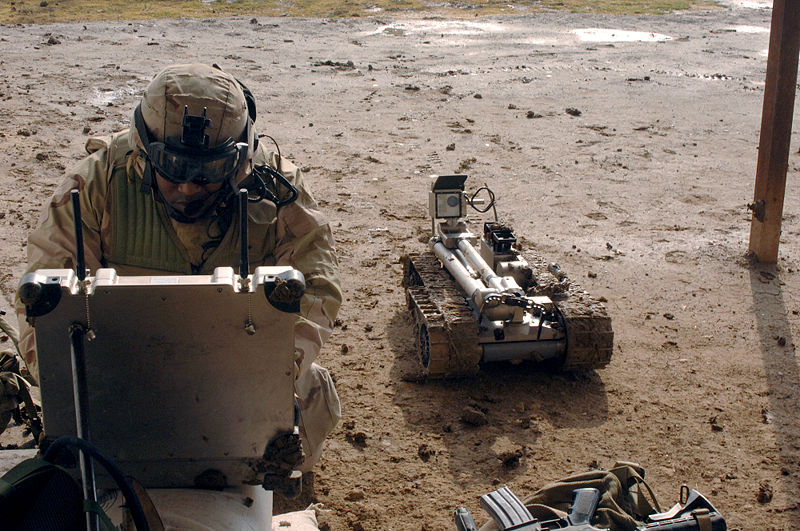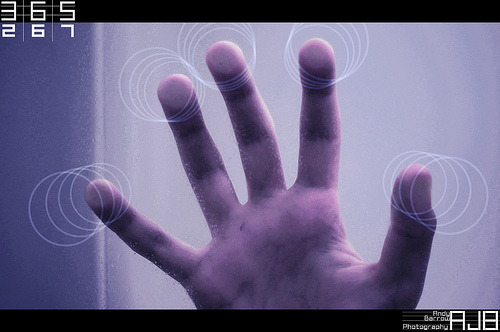
When we look at images of civil war such as the recent images from Syria, our gut response is that such destruction and suffering cannot and should not last. Surely war is a ‘means to an end’—and once that end is reached, civil society and the economy will rise from the ashes? Not necessarily so, says the literature on war economies: war can be ‘economics by other means’. We test this proposition by using satellite images to reconstruct the unwritten economic history of the Somali civil war.
War can be seen as a rational economic activity. Warlords and insurgent movements use violence to extract rents: through looting and extortion or by charging taxes and ‘protection payments’ from traders and producers in their territories. International aid can be a significant revenue source for such ‘violence entrepreneurs’: it can be embezzled, diverted at roadblocks or directed to allied populations rather than the vulnerable and displaced. A ‘combat economy’ thus creates an elite of warlords, criminals and fighters with a direct interest in the continuation of war.




